Ragnar, at university you studied feminist art. Would you describe yourself as a feminist?
Yeah, absolutely. Feminism is the greatest and most beautiful cultural revolution that ever happened. Half of humanity suddenly got a voice. Marx and Engels didn’t realize that when they were talking about the silent majority that was going to rise. And they were a totally silent majority, a shut-up majority.
How does feminism play into your art?
I was blown away by feminist artists’ approach to art. They wanted to do everything again from their point of view and women artists were reclaiming the body from all the machos who had [sinister voice] used the feminine body. My two big heroes are Carolee Schneemann and Marina Abramović. I’ve always been interested in gender and in researching my totally uninteresting gender role. I’m a white, western male. It’s so boring that’s it’s almost kind of controversial. But before I was in art school, before my feminist courses, I did housewife school. So I’m like a trained housewife. I have a degree.
You can get a degree as a housewife?
Yeah, one of those old housewife schools still exists in Iceland. I spent a half a year in housewife school learning to cook and clean because I was so fascinated by it. You were learning the trade that my grandmother and all my fore-mothers did. You kind of learn to have respect for it. Times are changing and there’s not enough respect for good embroidery and stuff like that. It’s really super helpful to know this stuff. See, I can iron my shirt perfectly while talking to you.
One of your latest pieces is a month-long film shoot of a classic Icelandic novel. Everything – from the rehearsals to the costume and set design to the shoot itself – is part of the piece and open to the public. Do you plan on releasing the film when it’s over?
I don’t really know. I mean, we’re going to edit it together and see. Maybe we’re just going to give it to our parents for Christmas. The outcome is not really important and I like that. Normally when you’re doing a film you have to deliver it to the producers, people actually have to really like it and buy tickets and that’s like… “Shit!” So it’s like making a film without the pressure.
It is an adaptation of the novel World Light, the magnum opus of Nobel Prize winning Icelandic writer Halldór Laxness. The epic book is often called un-filmable since it would require such a massive budget, but you are shooting it with your friends and family here in the rooms of the TBA21 in Vienna. Are you a masochist?
It’s not just self-torturing, it’s also sadism. It’s torturing your friends. It’s even worse! (Laughs)
Your father is also involved in the project. Are you torturing him as well?
Well, he is going to play a couple of the characters, but he’s also some kind of a director. He’s a great theater director. He knows how to create a scene, how the actors should move. I used to play in his productions when I was a kid, so we’re getting even now!
I read that your art always has to do with dreams that you try to make come true. What kind of dreams are you talking about?
Daydreams. Art becomes an instrument to fulfill those daydreams. It’s almost like a superhero pill: you can do everything through art.
Is this also how your piece with the American rock band The National came together when they played their song “Sorrow” for 8 hours straight at the PS1 in New York?
Yes. As a fan you always use your iPod or record player to repeat the song you love – that’s how people listen to music nowadays. They repeat stuff over and over again. But that’s never how music is presented. It’s almost like taking the private experience and making it public.
What was your reaction when Jay-Z basically copied that piece and made headlines with his video for “Picasso Baby” only six months later?
I was flabbergasted, I was bragging so much, I was so proud. I told all my hip-hop friends, “Okay, you think you’re something? Jay-Z ripped me off, how cool is that!”
You weren’t upset at all?
I think it’s just a cool approach. Just like, “I like this, I’m going to do it.” It’s kind of a musical attitude. “I like this beat, I’m going to use it.” It’s not like being stressed that people are going to say it’s a rip off or something like that. It doesn’t matter.
Most things have already been done in one way or another anyway.
True and he has been working in similar ways. Before I did this with The National, I remember Jay-Z and Kanye West repeated “Niggas in Paris” like 8 times at a concert. So he probably heard about this project and was like, “Ahh, that’s taking what I was already thinking to the next level.” He doesn’t give a shit. And of course he also knows that it just makes me look cooler. It’s a total gift to me.
How did you hear about it?
I actually got an invitation to go to the event, but I was in Reykjavik. I was kind of lucky to be in Reykjavik because… The problem with the video is that he is cool, but the art world is so uncool in that video.
When was the last time you stole an idea from someone?
It’s never stolen so bluntly. It’s more like I’m a thief who knows how to hide my tracks. It’s definitely more of an inspiration. This project is definitely inspired by the Schlingensief projects, for example.
It’s a fine line between being original or not.
Nowadays it’s only the personal that makes things original. If there’s a strong personal thing in it, then it’s always original somehow. Imagine all the people with acoustic guitars singing songs. That’s crazy. But it can maybe be super powerful for some weird reason because there is something personal in there.
You played in bands for many years yourself. Why did you give up music?
I think I was too ambitious in music. Visual art I just thought it was fun, I just loved it. But music I wanted to really make it.
So when you started making art you didn’t have any ambition to be successful?
No. The ambition to do music was to be like a pop star, but the ambition to do art was just because I thought it was fun. I never expected it to go anywhere. One my great fortunes was that when I was in art school I was often told that I was not a real artist, but that I was just pretending to be an artist. And I was of course really upset about that, but then I just accepted it and it kind of released me from the burden of being an artist.
When did it start going somewhere?
I think it turned around in a show I did in 2005. It was this big art festival in Iceland that was curated by Jessica Morgan from the Tate and my show was in an abandoned theater in the middle of nowhere. I performed for a month, like singing the blues on an abandoned stage and pretty much nobody saw it. It was the first time anybody bought a piece from me. I was like, “What the fu…” I never expected to sell anything.
Return to Top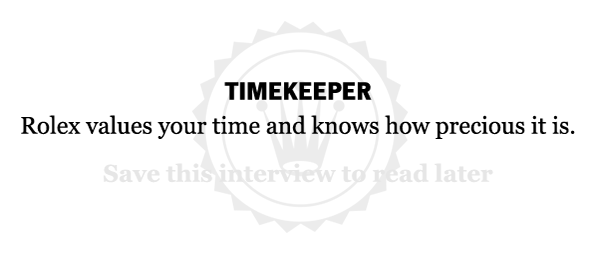
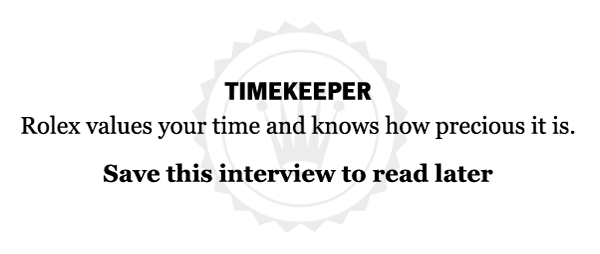
Short Profile
Name: Ragnar Kjartansson
DOB: 1976
Place of Birth: Reykjavík, Iceland
Occupation: Artist
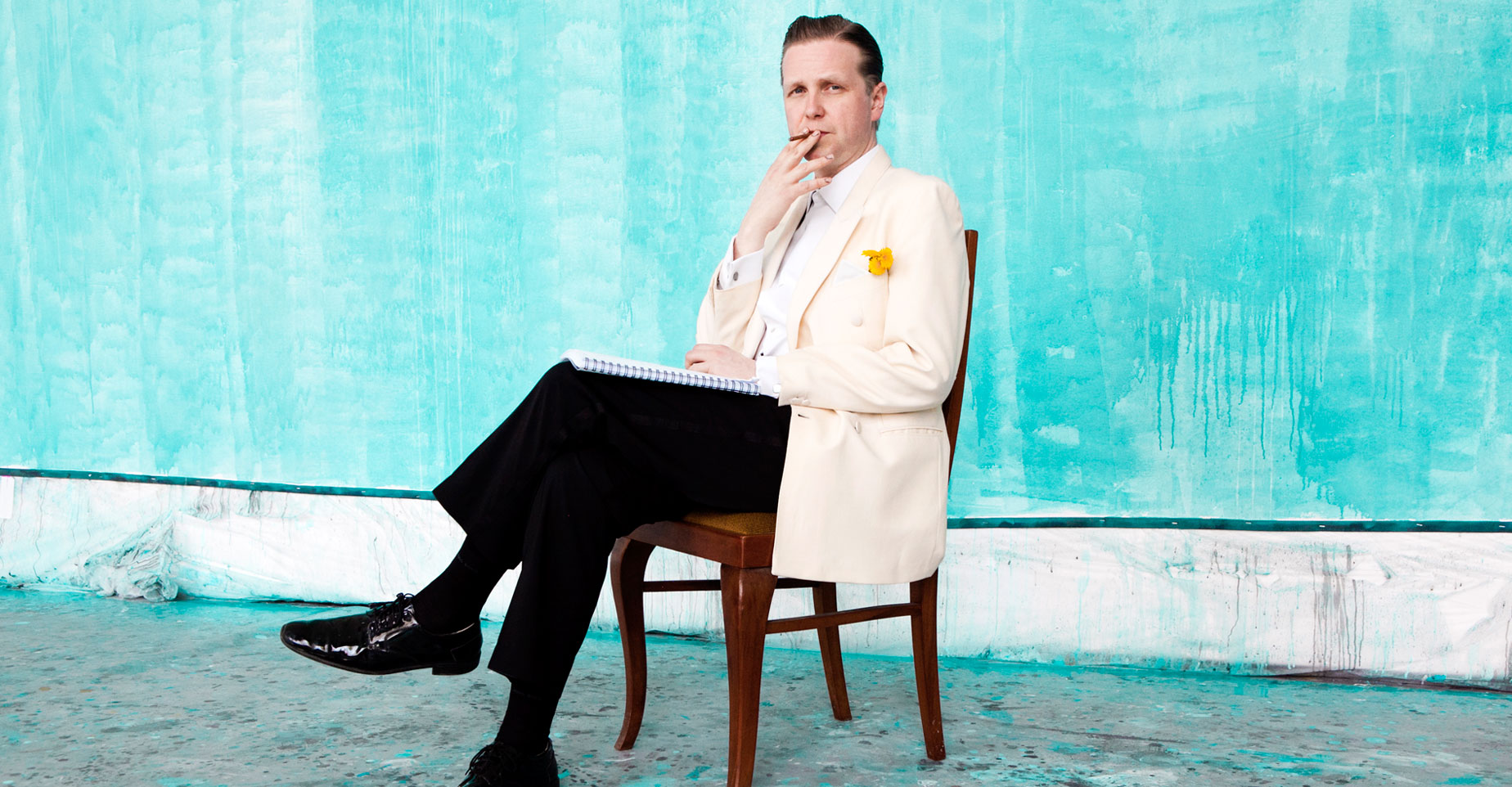
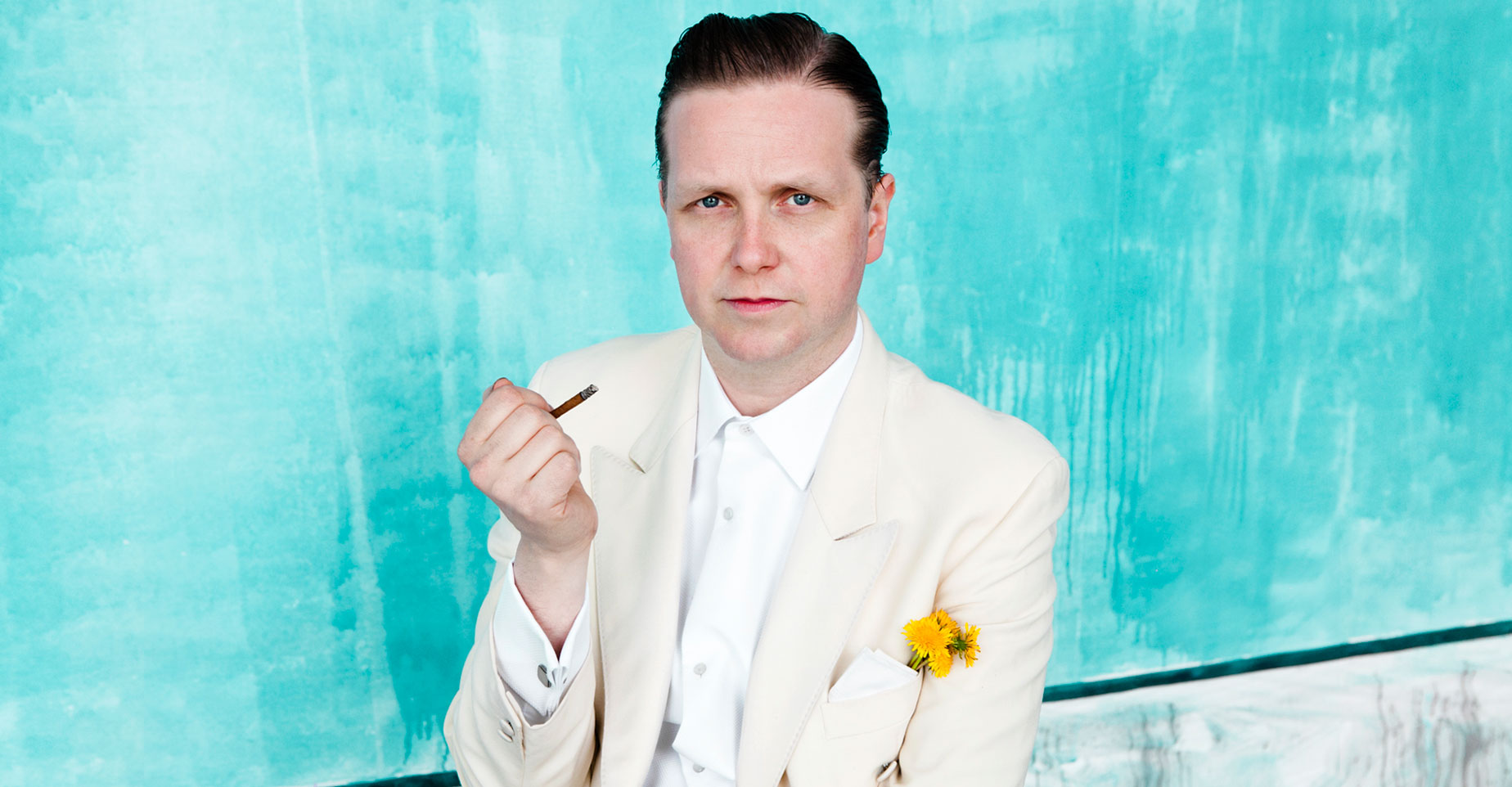
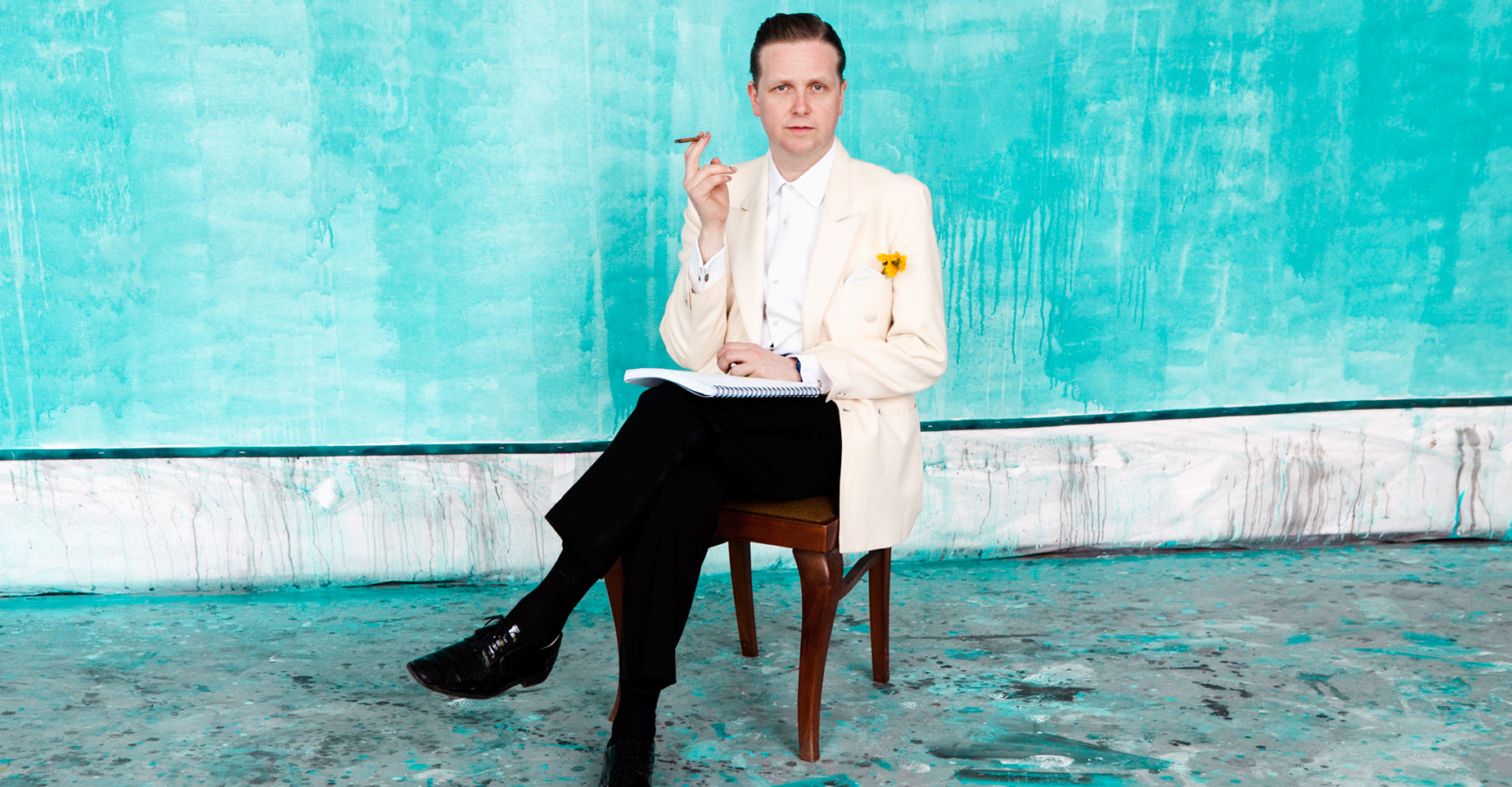
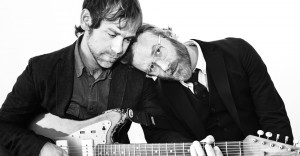
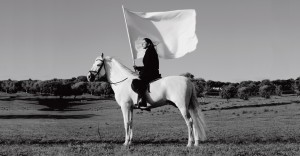
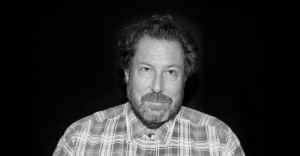

















I love what this man makes, artist, feminist whatever its just the best!